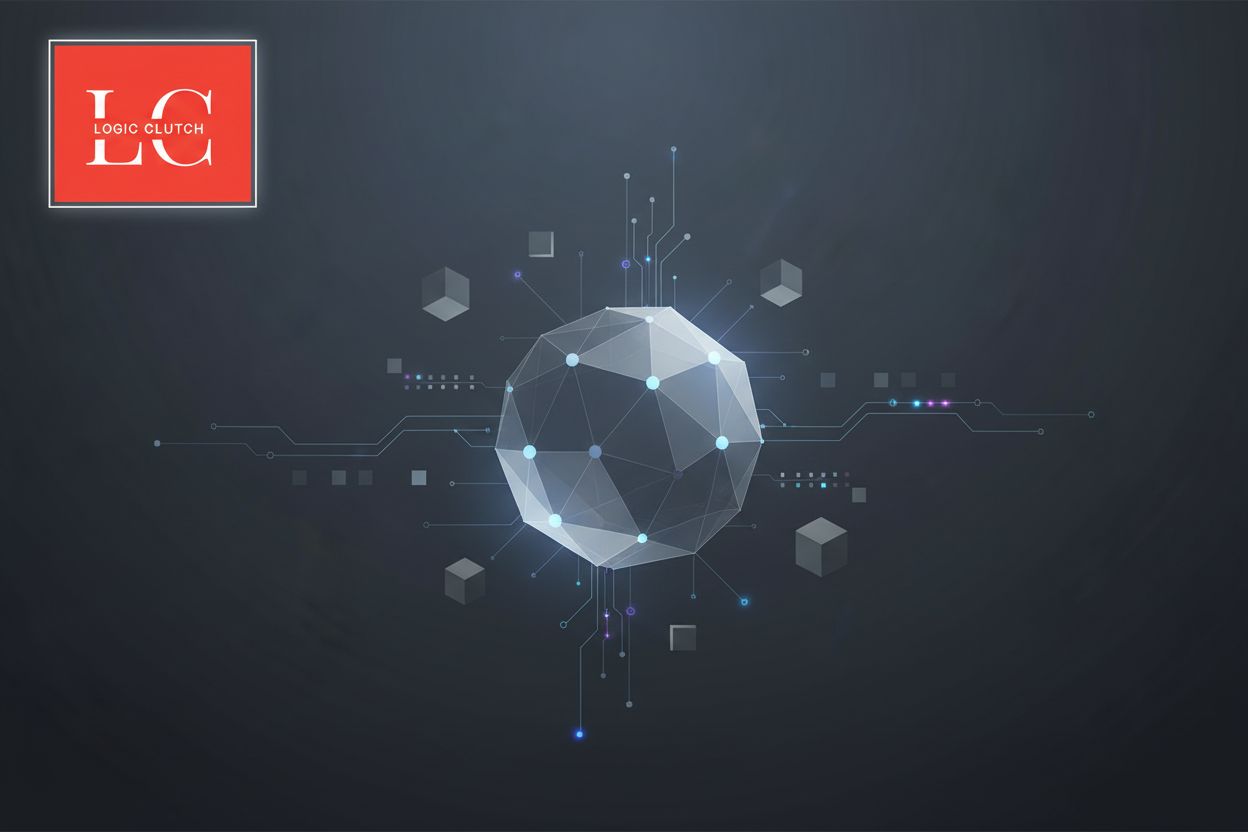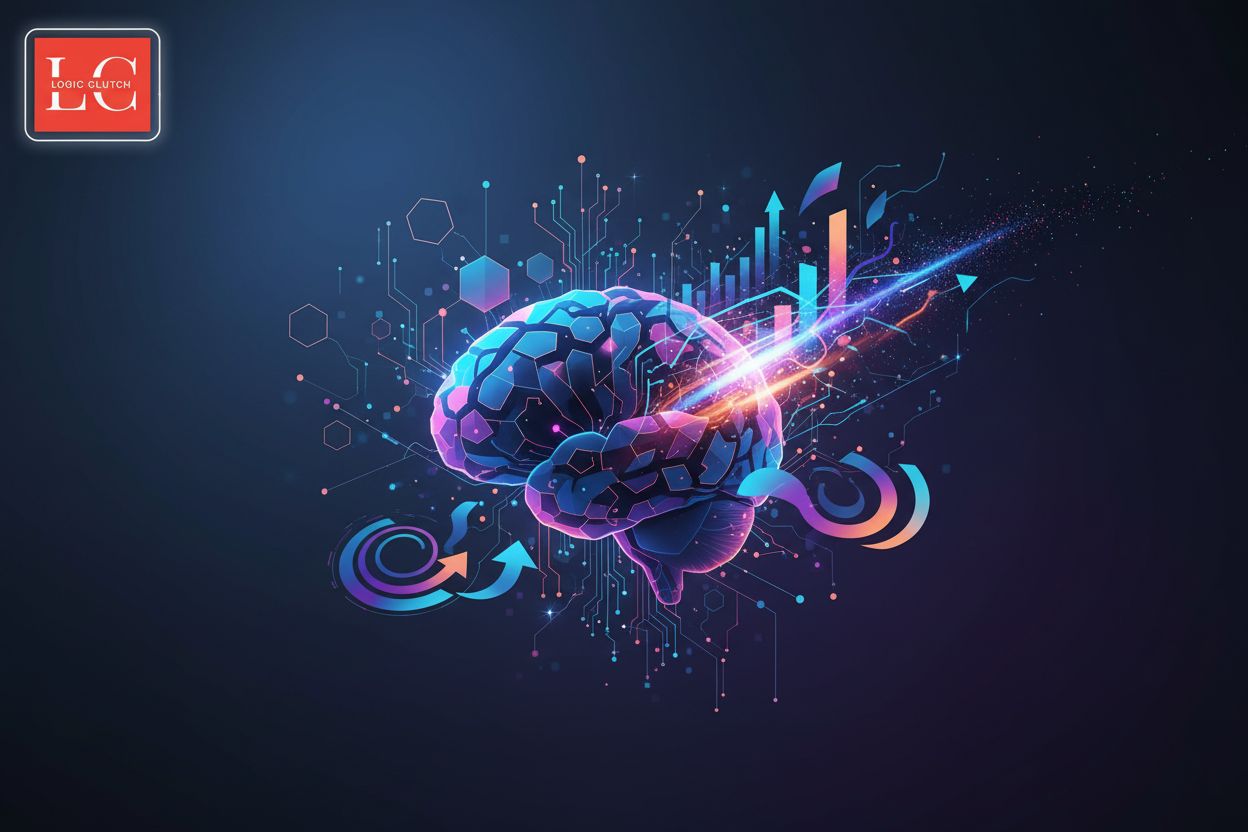Enterprise Intelligence through Advanced Insights
TL;DR
Understanding Enterprise Intelligence: A Modern Imperative
Enterprise intelligence – it's not just a buzzword, but a necessity, you know? Can you imagine trying to navigate a complex business landscape without a clear, data-driven compass?
Think of enterprise intelligence (ei) as the evolution of traditional business intelligence (bi). It's about shifting from just describing what happened to predicting what will, and prescribing what should happen.
- From Reactive to Proactive: Traditional bi mostly focused on historical data. Ei uses ai and machine learning to anticipate future trends. For instance, a retail chain can predict demand spikes for specific products based on weather patterns, adjusting inventory automatically.
- Data-Driven Decisions: Data is the lifeblood, as ThoughtWorks puts it, but it's about using that data to make informed decisions across all levels of the org. Imagine a hospital using patient data to predict and prevent sepsis, as ThoughtWorks mentioned.
- AI and ML are Key: Ai and machine learning are revolutionizing how businesses operate, and enterprise intelligence is no exception. From automating customer service to optimizing supply chains, the possibilities are endless.
But why is this so important now? Well, the sheer volume of data being generated is overwhelming. Companies need a way to make sense of it all, and fast.
The global enterprise artificial intelligence market is projected to reach $155.21 billion by 2030, according to Grand View Research
That's not just numbers, that's a clear signal that this is where things are headed.
So, what are the key components of an intelligent enterprise? Well, that's what we'll dive into next. Think of it as building the foundation for a data-driven future.
Advanced Insights: The Engine of Enterprise Intelligence
Advanced insights? It's more than just fancy charts, ya know? It's about making sense of the data deluge and turning it into something actionable.
Enterprise intelligence is fundamentally about transforming raw data into actionable intelligence. This is achieved through a sophisticated engine that moves data through several critical stages:
- Data in Motion: Imagine sensors on factory equipment constantly feeding data into a system. That data becomes information when it's organized--think temperature readings, vibration levels, etc.
- Insight Generation: Now, ai algorithms kick in, spotting patterns and anomalies. Like predicting a machine failure based on subtle shifts in vibration. This is where ai truly shines, going beyond traditional analytics by enabling more complex pattern recognition, real-time processing, and predictive capabilities.
- Decision & Action: The system alerts maintenance staff, triggering proactive repairs before a breakdown.
This continuous loop of data processing, insight generation, and action is what ThoughtWorks calls Continuous Intelligence. It means the system is always learning and adapting based on the outcomes of its actions.
Ai isn't just for robots and self-driving cars. It's your analytics on steroids.
- Predictive Modeling: A financial institution uses machine learning to predict which customers are likely to default on loans. This allows them to proactively offer assistance or adjust credit terms.
- nlp: Ever wonder if your customers is happy? Nlp can analyze customer reviews and social media posts to gauge sentiment, alerting you when thing's starts going south.
- Computer Vision: In healthcare, computer vision can analyze medical images (x-rays, MRIs) to detect anomalies that might be missed by the human eye, seriously speeding up diagnoses.
Here's the deal; your data is scattered all over the place. Getting it all working together is a must.
- Breaking Down Walls: It's like having different departments speaking different languages. You need a translator, some kind of system. This "translator" can take many forms, such as robust data integration platforms, standardized data models that create a common understanding, or well-defined apis that allow different systems to communicate seamlessly. Data lakes and data warehouses also play a crucial role in consolidating and making data accessible.
- Data Quality is Key: Garbage in, garbage out, right? So, you needs to make sure your data is clean and reliable.
Alright, so now we've got advanced insights working--but how do you build the right team to make it all happen? That's up next.
Building an Intelligent Enterprise: A Practical Guide
So, you're trying to build an intelligent enterprise? It's not just about throwing tech at the problem, it's about the people, processes, and all that data working together, ya know?
First, you gotta assess where you're at right now. What's working, what's not? Are your teams drowning in data, or are they starving for insights?
- Conduct a maturity assessment. It's like a health check for your organization's intelligence. Figure out your strengths and weaknesses.
- Insight-Averse: Organizations that actively avoid or ignore data and insights. Decisions are made on gut feeling or tradition.
- Insight-Aware: Organizations that recognize the value of data but struggle to implement it effectively. They might have some reporting but lack a cohesive strategy.
- Insight-Using: Organizations that actively use data and insights to inform decisions, but it's often reactive or siloed.
- Insight-Driven: Organizations where data and insights are embedded in every decision and process. They are proactive, predictive, and continuously learning.
- Set clear goals. What do you want to achieve with enterprise intelligence? Improving customer retention? Optimizing supply chains? Make sure everyone's on the same page.
Next up, integrating ai into salesforce workflows. Leverage Salesforce Einstein Analytics to create dashboards and reports that give you the insights you need.
- You can use Salesforce Process Builder and Flow to automate decisions, so you're not just reacting but anticipating. For example, Einstein Analytics can identify customers at risk of churn, and a Flow can then automatically trigger a personalized outreach campaign to those customers, aiming to retain them. Process Builder can automate lead scoring based on engagement data, ensuring sales reps prioritize the hottest leads.
- For instance, a sales team can use ai to predict which leads are most likely to convert, allowing them to focus their efforts on the most promising opportunities.
Building an intelligent enterprise isn't a solo mission. Sometimes you need a partner who knows the ropes. This could mean bringing in external consultants with expertise in data science, ai implementation, or change management. It also means fostering internal partnerships between IT, data teams, and business units.
According to a recent study, companies with a strong data culture are 58% more likely to exceed their financial goals. (Data driven companies 58% more likely to beat revenue goals)
Think of enterprise intelligence as a journey, not a destination. It's about continuously learning, adapting, and improving.





